Snoring is a common problem that happens to children of all ages. This noisy breathing during sleep resembles the sound of vibrations or rattling noises and can be an indicator of a more serious medical condition if not treated.
According to the National Sleep Foundation (NSF), snoring is caused by the vibration of tissues near the airway in the back of the throat. During sleep, the muscles loosen, narrowing the airway, and as we inhale and exhale, the moving air causes the tissue to flutter and make noise like a flag in a breeze.
Some people are more prone to snoring because of the size and shape of the muscle and tissues in their neck. In other cases, excess relaxing of the tissue or narrowing of the airway can lead to snoring.
What makes someone snore?
One of the most common contributors to snoring is weight, specifically if a child is overweight. The more tissue resting on the throat, the more likely one is to snore. Another contributor, as we mentioned, is the anatomy of the throat. Large tonsils can contribute to someone snoring, and in some cases, getting the tonsils removed resolves the problem. Excessive fatigue is also another contributor. If a child is exhausted, the tissues in the throat will relax more than usual during the sleep period increasing the risk of snoring. .
Should I be concerned if my child snores?
Snoring is not an immediate cause for concern but can indicate the presence of another condition: sleep apnea. Sleep apnea occurs when throat tissue obstructs, or blocks, the upper airway (called obstructive sleep apnea) which leads to snoring, pauses in breathing and gasping periodically throughout the night. If your child snores loudly, or you hear the pauses in breathing or gasping for breath, it is time to seek expert help.
Taking your child to a sleep specialist can help clarify whether your child’s snoring is harmless or an indicator of a more serious condition. Clinic-based, polysomnography (PSG), or an overnight sleep study is an important part of the comprehensive assessment conducted by sleep specialists to diagnose sleep apnea. This is where the child (accompanied by a parent) undergoes an overnight sleep evaluation in which they are fitted with non-invasive monitors on the skin while they sleep. These monitors collect data on sleep architecture, nighttime breathing, facial and body movements and sounds in the room. The process is not invasive, and parents typically stay in the room with their child. If your child is diagnosed with sleep apnea, treatment may include a continuous positive airway pressure (CPAP) machine that can provide a steady airflow while they sleep.
As always, knowing your own child is the best way to identify any existing issues. If you notice that in addition to snoring, your child is overtired during the day and falling asleep in class, having difficulty paying attention or experiencing behavioral or emotional problems, more complex issues may be at play, and you should contact a behavioral sleep specialist.
 https://riseandshine.childrensnational.org/wp-content/uploads/2023/03/illustration-of-boy-sleepwalking-feature.png
300
400
Rise and Shine
https://riseandshine.childrensnational.org/wp-content/uploads/2017/11/childrens_riseandshine_logo.jpg
Rise and Shine2023-03-02 12:15:562023-03-02 12:22:10What you need to know about sleepwalking in children
https://riseandshine.childrensnational.org/wp-content/uploads/2023/03/illustration-of-boy-sleepwalking-feature.png
300
400
Rise and Shine
https://riseandshine.childrensnational.org/wp-content/uploads/2017/11/childrens_riseandshine_logo.jpg
Rise and Shine2023-03-02 12:15:562023-03-02 12:22:10What you need to know about sleepwalking in children



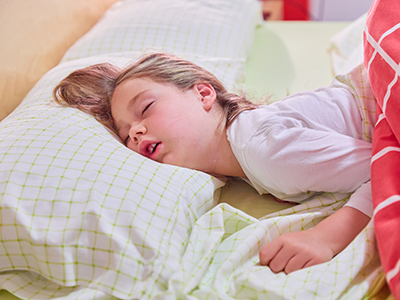
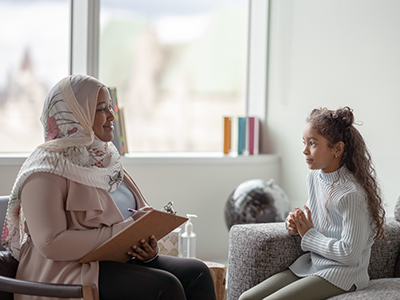
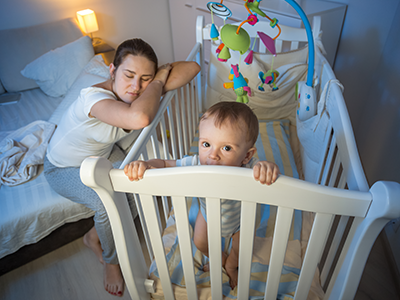
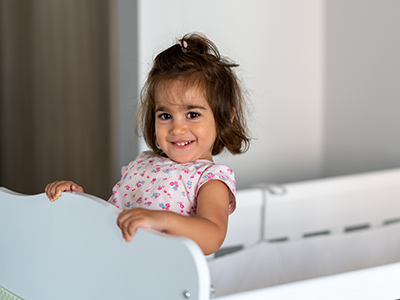
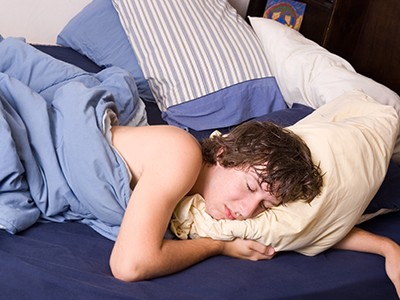
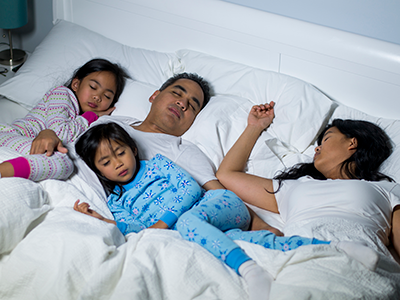
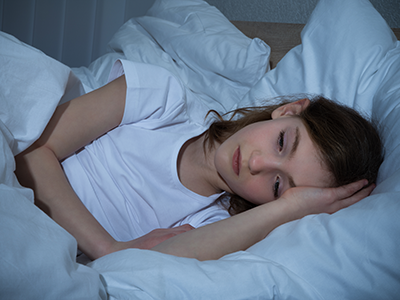



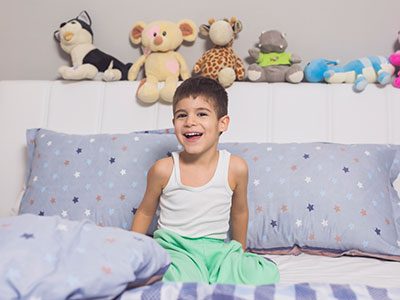
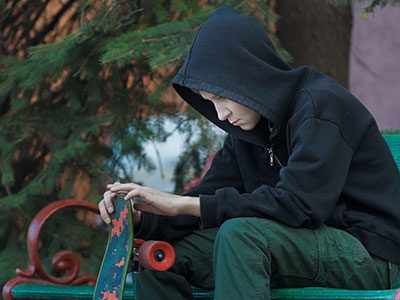
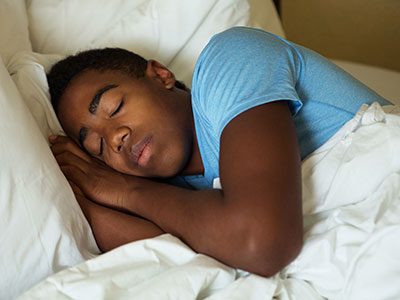

Leave a Comment
Want to join the discussion?Feel free to contribute!